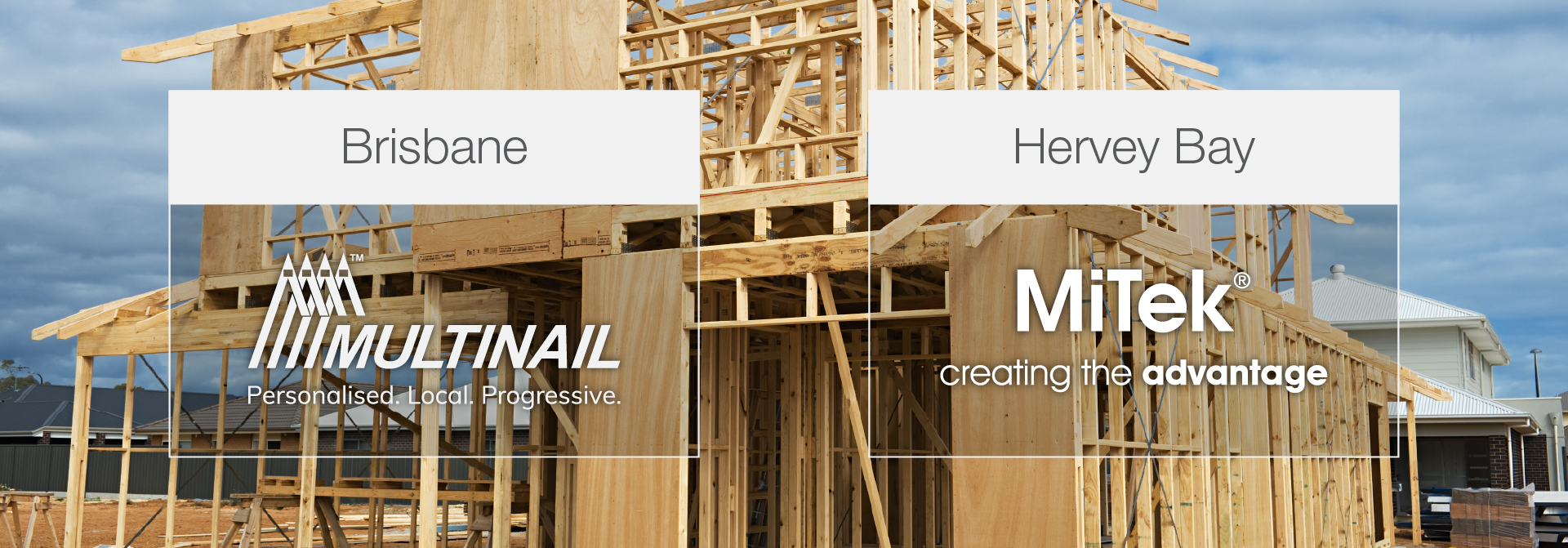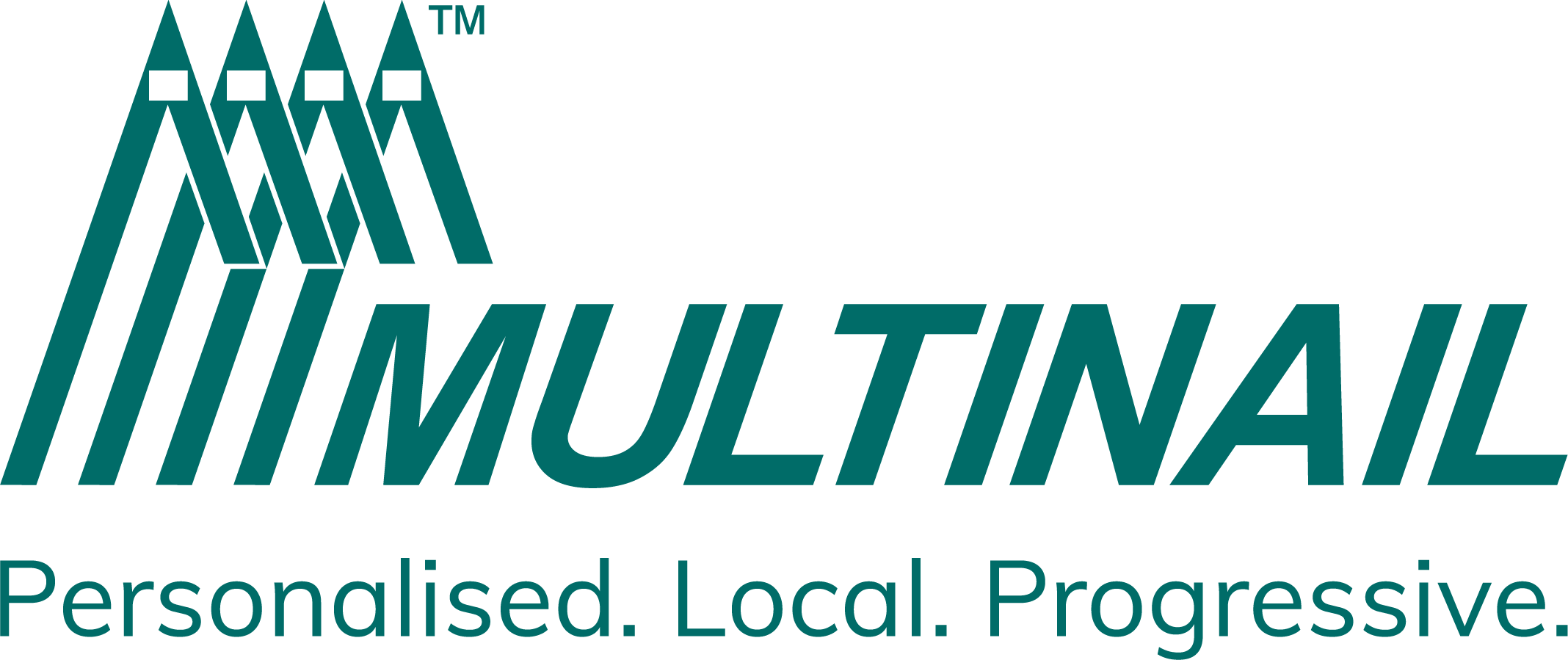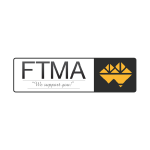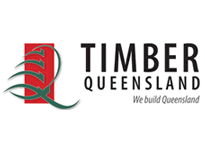- PRODUCT RANGE
- WHO IS BRETTS?
- SERVICES
-
LOCATIONS
- All Locations
- ALLKIND Joinery
- Albion Commercial hardware and Locksmiths
- Brendale Brisbane Fasteners
- Caboolture Trade and Fastener Store
- Cairns - PHD Project Hardware and Doors
- Chermside Trade Store and Administration
- Coorparoo Trade and Fastener store
- Geebung - Manufacturing Facility.
- Hervey Bay - Truss and Trade
- Narangba - Plumbing Supplies - Trade Only not open to the public
- Raceview Trade and Fastener Store









 Departments
Departments